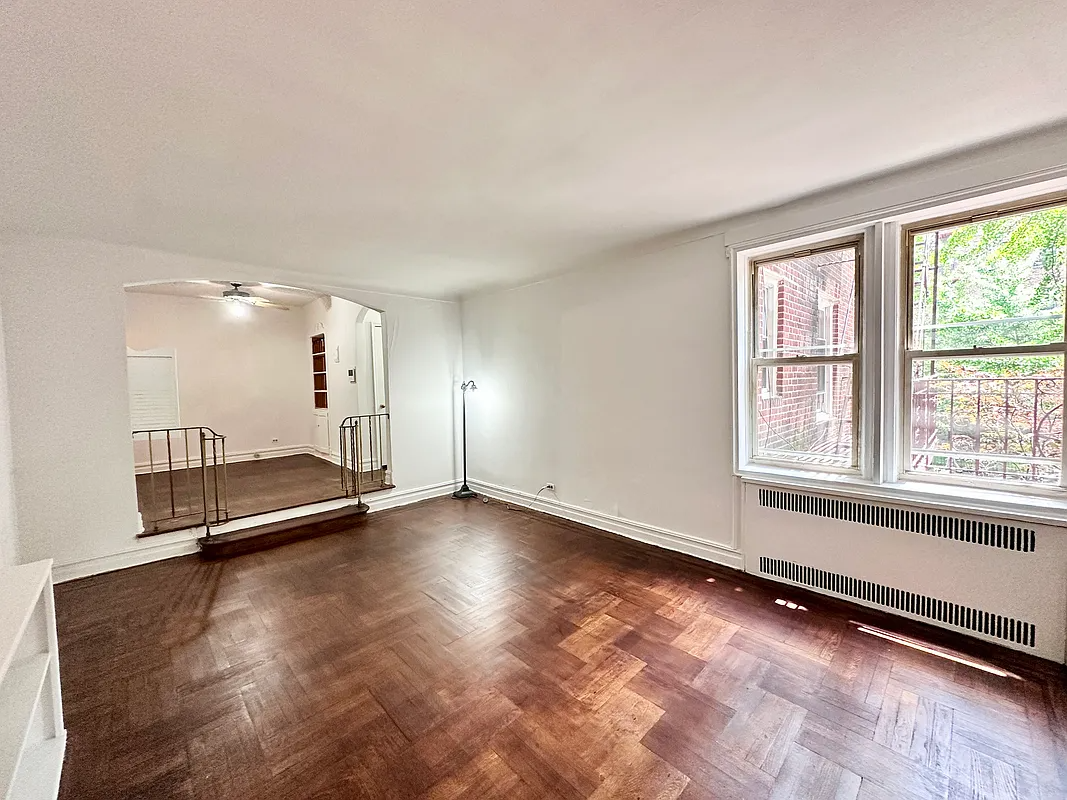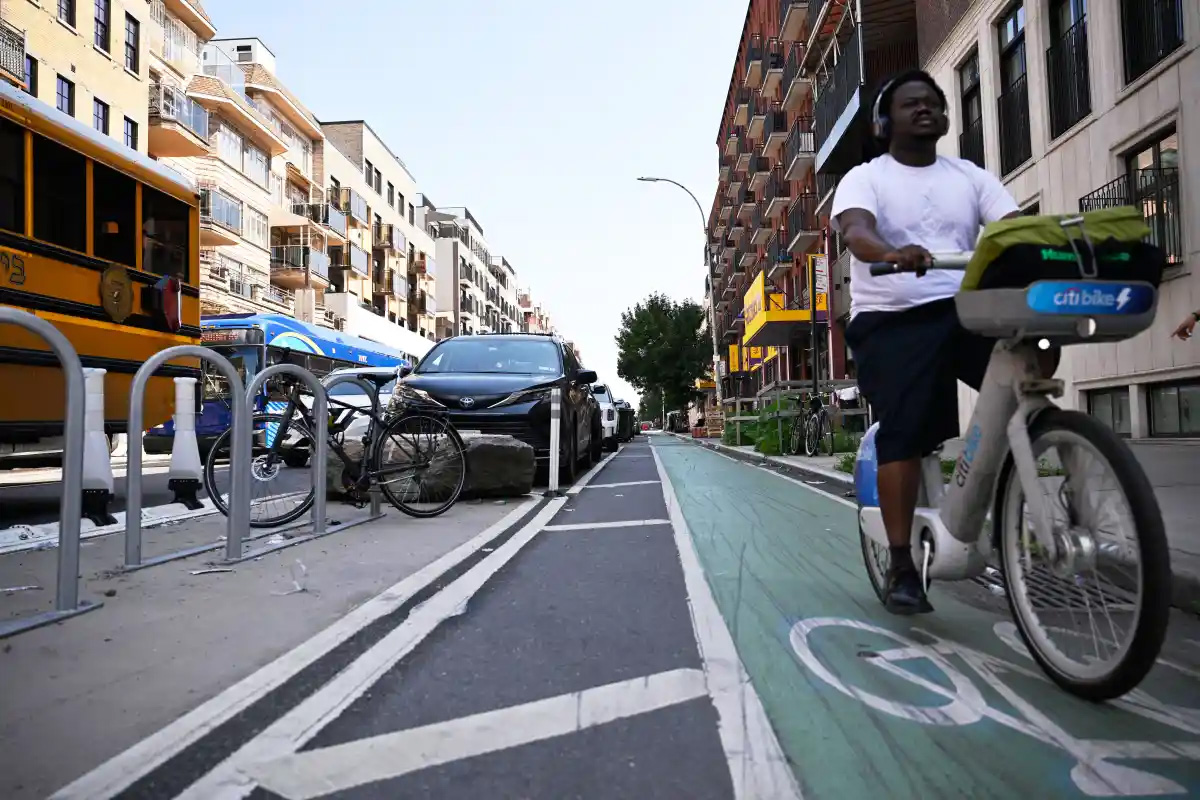Furman: Gloomy First Quarter for NYC Housing
Yesterday NYU’s Furman Center released its report on the city’s housing market for the first three months of the year, and aside from the downward trend in foreclosures citywide, the numbers don’t paint a pretty picture. With respect to Brooklyn, the total number of sales in the first quarter, 1,695, represented a 21 percent year-over-year…


Yesterday NYU’s Furman Center released its report on the city’s housing market for the first three months of the year, and aside from the downward trend in foreclosures citywide, the numbers don’t paint a pretty picture. With respect to Brooklyn, the total number of sales in the first quarter, 1,695, represented a 21 percent year-over-year decline and a 19 percent dip from Q4 2010. Furman’s “index of housing price appreciation,” meanwhile, pegged Brooklyn as down 28 percent from the peak of the market, which the center defines as the fourth quarter of 2006. On a slightly more positive note, notices of foreclosure in Brooklyn were down 15 percent from the same time last year. Meanwhile, the report says that new residential building permits were basically nonexistent in Brooklyn—25 units in total, down 65 percent from the same period last year—and across the city as a whole, which only saw 158 new units green-lighted, a 45 percent drop from the same time last year.
New York Quarterly Housing Update 2011: 1st Quarter [PDF; NYU Furman Center]





It does make sense considering the title of the blog and all, but seems to me most of you don’t realize the size of the gentriverse vs. the rest of Brooklyn. To me the data looks right, especially when using median rather than average prices this totally makes sense – the sheer number of homes in middle class and poorer areas dominate.
Can we please ban posts starting with “Sorry,..” or “Uh,…”
Agree with parksloped re: rising prices for 2 and 3 BRs in Park Slope– people I know currently looking for a family-sized apt there keep encountering bidding war situations and/or above-2008 asking (and often closing) prices. Inventory is low and it’s a little nuts right now.
Maybe so, parked slope, but I’ve been in this building for eight years and until this fall, one bedroom units never stayed on the market longer than it took to hold the first open house. They have a nice entry foyer, a separate dining room with window (though they don’t “covert” easily) and large rooms. Plus the location. They were snapped up by 30s couples or single women, for the most part.
My thought is that perhaps all the new condo developments in the north slope are flooding the one bedroom market some. Still the price erosions surprise me when there are indications that the market seems to be swinging upward again. Last spring, one of the units in this line sold for 545K. This spring, another having trouble finding a market at 475K? Both reno’d to the hilt.
@dylanfan – Sorry, but 1BR’s in full-service buildings on/around Prospect Park are hardly hot-ticket properties these days…
Just take a gander at the rising ask prices for 2 or 3 BR units all over the neighborhood: most folks looking at the Slope are searching for family space [or at-least for more space than Manhattan]. 1 BR’s don’t appeal to that market – especially in areas closer to the park which trend towards to the olds [Neighbors for Better Bike Lanes, anyone??] rather than the yoots on/below 5th Ave & the South Slope.
I don’t know, veteran. Not what I am seeing in my own private Idaho. Across the street from PP, in “prime” Park Slope, the one bedrooms for sale in my elevator building are languishing. Fully renovated places, nice finishes, at least 800 sf (real sf) that used to sell in a weekend are languishing on the market for months. Corcoran, the mother of all inflators, now pricing units that routinely used to sell for 565K at 475K.
So is Corcoran now thinking like the buyer three months behind just to move units?
Dear Who,
We aren’t even back up to 1930 population levels.
1930 – 2,560,401
1940 – 2,698,285
1950 – 2,738,175
1960 – 2,627,319
1970 – 2,602,012
1980 – 2,230,936
1990 – 2,300,664
2000 – 2,465,326
2010 – 2,504,700
I hate over population – ghetto or no ghetto.
Clinton Hill, FG and Bed-Suy should be re-named “The Sardines. When is it gonna stop. WTF!
> i like seeing rents be stable and i abhor hyper gentrification
Then you seriously chose the wrong city and neighborhood to call home.
Consider moving to the Midwest if change perturbs you so much.